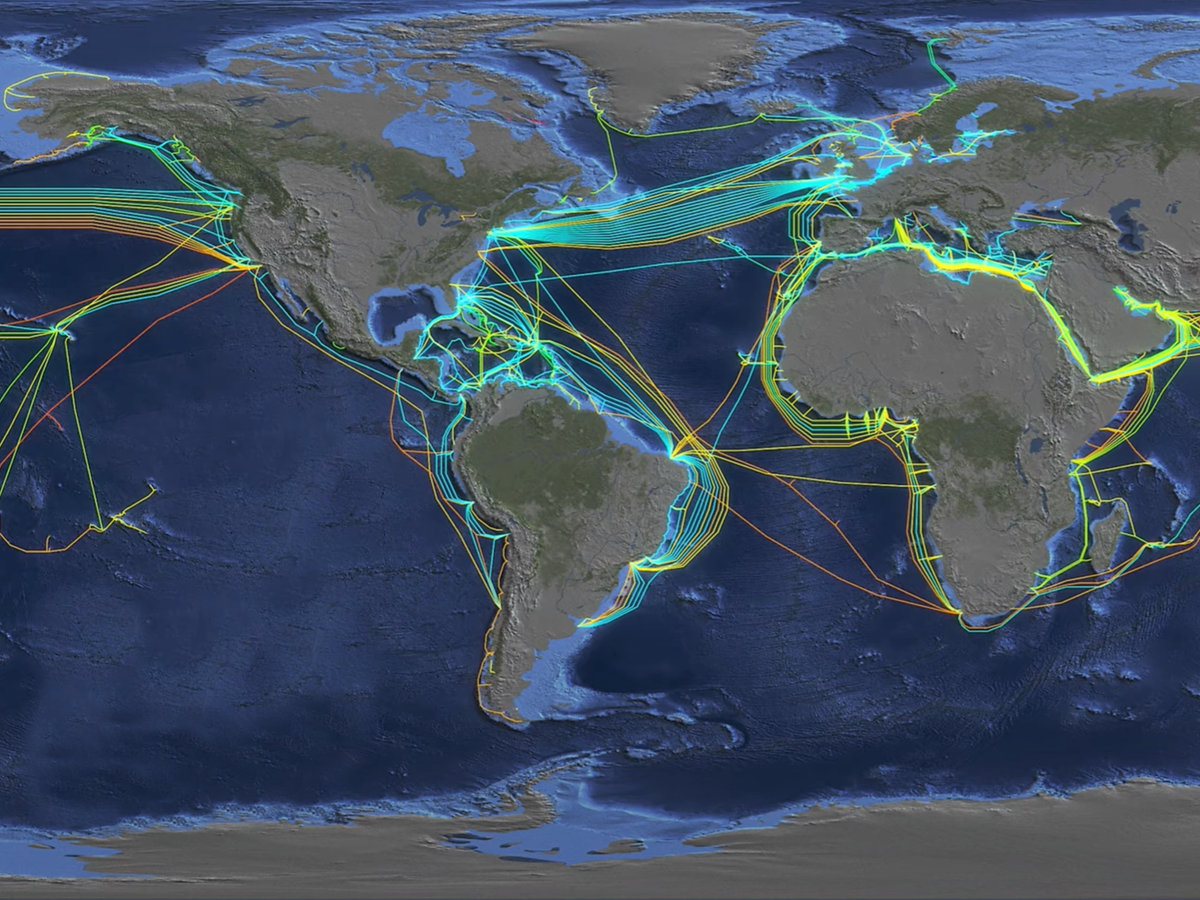Laser delivers ‘twice the total global internet traffic’ in a single second

Researchers have smashed the world record for the most data transferred in a single second, delivering “twice the total global internet traffic” through just one laser beam.
An international team from Technical University of Denmark (DTU) and Chalmers University of Technology in Sweden hit 1.84 petabit per second, breaking the previous record of 1.02 Pbit/s set earlier this year.
The data was only carried by the light from one optical source, which uses a single infrared laser to create a rainbow spectrum of colours holding hundreds of frequencies.
The technique works on conventional optical fibres, capable of sending data across state-of-the-art commercial equipment, which could have profound implications for how internet traffic is handled in the future.
Downloading video games and data intensive applications could be reduced from hours to just a fraction of a second with the new optical chip, according to the researchers.
The chip was detailed in a paper published in the peer-reviewed journal Nature Photonics, revealing that 1.84 Pbit/s were sent down a 7.9km fibre. This is the equivalent of a 1.84 million gigabit per second connection – the fastest fibre internet speed on the market is currently around just 10Gbps
“Optical fibre communication is the backbone of the internet,” the paper stated. “Our findings could mark a shift in the design of future communication systems, targeting device-efficient transmitters and receivers.”
The scientists claim the technology developed to reach such data transfer speeds can be scaled up to break even more records.
“Our calculations show that with the single chip made by Chalmers University of Technology, and a single laser, we will be able to transmit up to 100 Pbit/s,” said Professor Leif Katsuo Oxenløwe from DTU.
“The reason for this is that our solution is scalable – both in terms of creating many frequencies and in terms of splitting the frequency comb into many spatial copies and then optically amplifying them, and using them as parallel sources with which we can transmit data.”

